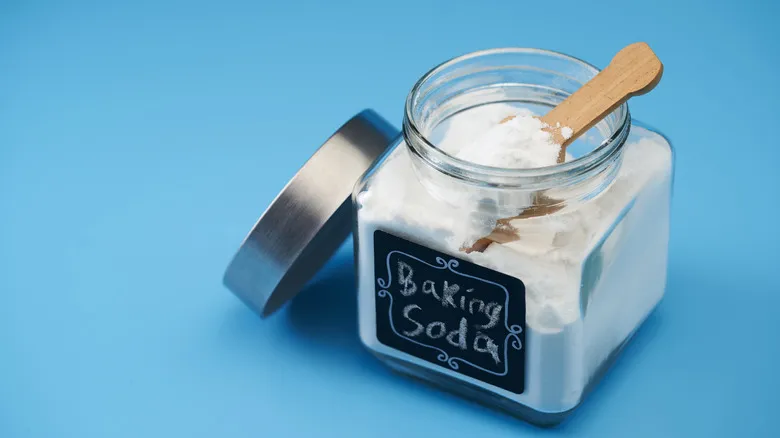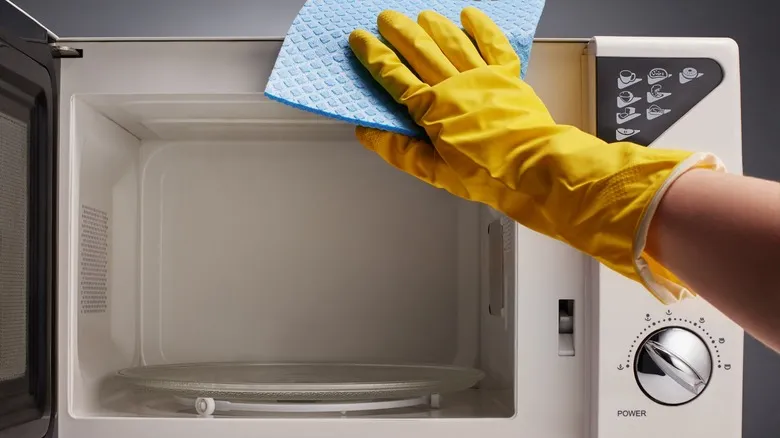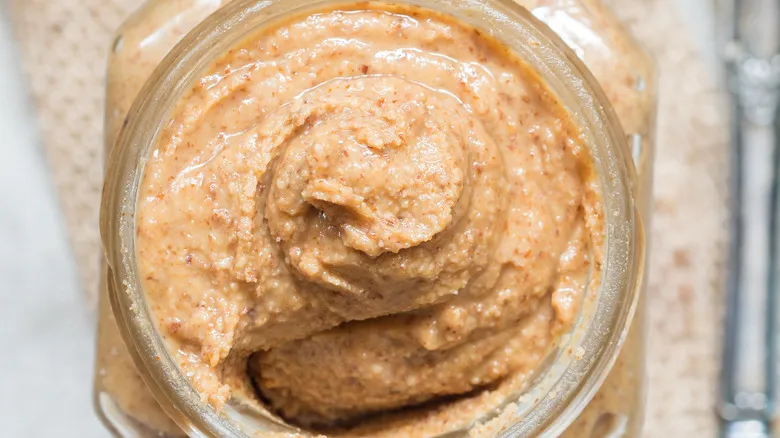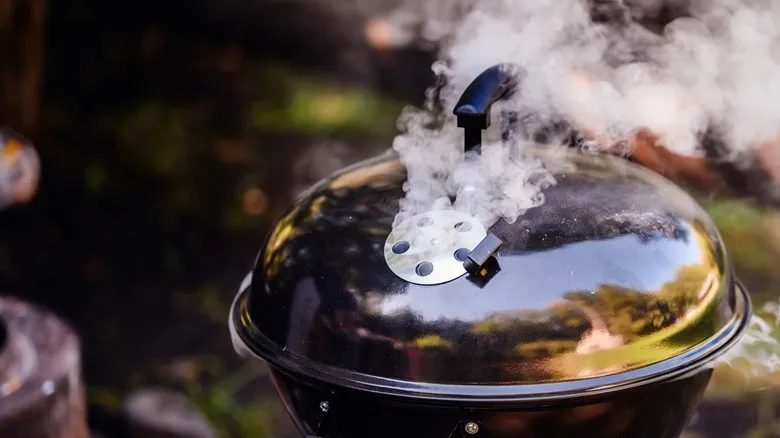Why baking soda is such a cleaning powerhouse

Baking soda is an excellent choice for cleaning dirty microwaves, but it prompts the question: What makes it such an effective cleaning agent? Baking soda is actually sodium bicarbonate, a type of alkali (soluble salt). Like all salts, it is a neutral compound, but it has a pH level that is higher than neutral, making it non-acidic. This property allows it to react with acids in several beneficial ways.
For example, as an odor neutralizer, baking soda eliminates unpleasant smells, as most odors are acidic. When these odors come into contact with sodium bicarbonate, they are neutralized. Similarly, when baking soda is mixed with vinegar, an acid, a fizzy reaction occurs as carbon dioxide bubbles are released from the sodium bicarbonate. You may have seen this reaction exaggerated in science-fair volcanoes. This is also why baking soda acts as a leavening agent when combined with lemon juice, buttermilk, or other acids in baking. In cleaning, this reaction can help break down grease and lift stains, while the slightly abrasive quality of baking soda helps dislodge dirt particles.
However, it’s important to avoid using baking soda on ceramic stovetops, marble, and aluminum surfaces. Its abrasive nature can scratch delicate materials, and it may cause discoloration on aluminum. Therefore, if you’re cleaning a microwave with an aluminum exterior, use baking soda only on the inside and opt for a water and vinegar solution for the outside.
Recommended

What's The Best Way To Thaw A Frozen Turkey?

The Expert-Approved Technique For Super-Crunchy Homemade Pickles

The 3-Flavor Rule Ina Garten Follows When Building Any Recipe

13 Ways To Upgrade Super Bowl Party Snacks
Next up





